10 Best Climbing Vegetable Plants for a Bountiful Harvest
Published: 27 Apr 2024
Introduction to climbing vegetable plants
Climbing vegetable plants are a type of plant that can be trained to grow upwards, often using trellises or other support structures. Some popular climbing vegetables are tomatoes, cucumbers, and peppers. These plants are well-suited for small gardens or container growing, as they can save space and produce a large yield.
Climbing vegetables can also be trained to grow up walls or fences, making them a great option for urban or vertical gardens. In this article, I’ll share my personal experiences and insights into the world of these upward-bound botanical wonders.
From the practical benefits they offer to tips on nurturing them to their full potential, join me as we explore the verdant realm of climbing vegetable plants.
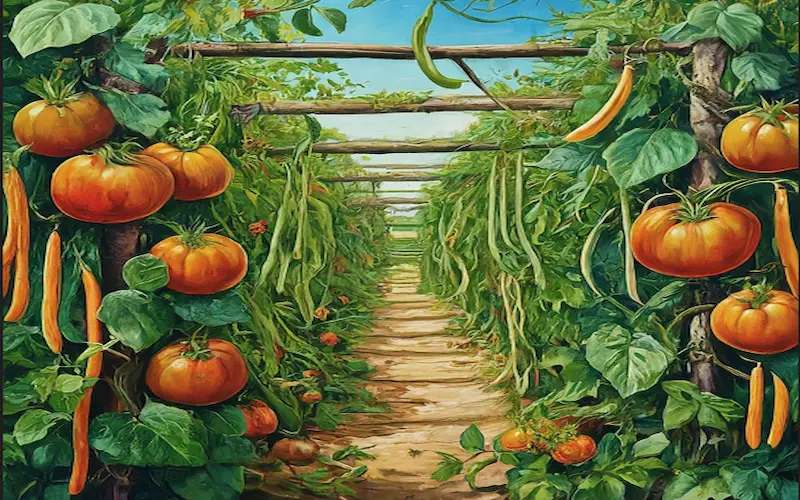
| Benefits of growing climbing vegetable plants |
|---|
One of the most significant advantages is the efficient use of vertical space. Going upward can grow more food in less area, a solution that is especially beneficial for those with less planting space. This maximizes the garden’s productivity and adds an aesthetically pleasing dimension. Another benefit that I’ve found particularly valuable is the ease of harvest. With fruits and vegetables growing at eye level or above, picking the produce is more straightforward and less strenuous. This lessens the need for bending and stooping, making the gardening experience more enjoyable and accessible, especially for those with physical limitations. Moreover, climbing plants tend to have better air circulation around the foliage, which helps reduce the incidence of diseases and pests. This improved airflow leads to healthier plants and a more abundant and higher-quality harvest. |
Factors to consider when choosing climbing vegetable plants
- When selecting the right climbing vegetable plants for my garden, several factors come into play. First and foremost is climate compatibility. Choosing varieties that will thrive in my region’s temperature and weather patterns is crucial. I’ve learned to consult local gardening groups and agricultural extensions for advice on the best climbers for my area.
- Another consideration is the type of support structure required. Different climbing plants have other support needs, ranging from simple trellises to more robust arbour structures. Before I plant, I ensure I have the right type and size of support for the chosen climbers.
- Lastly, the intended use of the harvest is a crucial factor. I consider whether I am growing for fresh eating, preserving, or perhaps even ornamental purposes. This helps me determine which species and varieties best suit my needs and culinary preferences.
The 10 best climbing vegetable plants for a bountiful harvest
Pole Beans
Pole beans are a staple in my garden due to their prolific nature and relatively easy care requirements. They come in various colours and flavours, offering my vegetable garden a delicious and decorative element. I particularly enjoy the Blue Lake and Scarlet Runner varieties’ vigorous growth and bountiful yields.
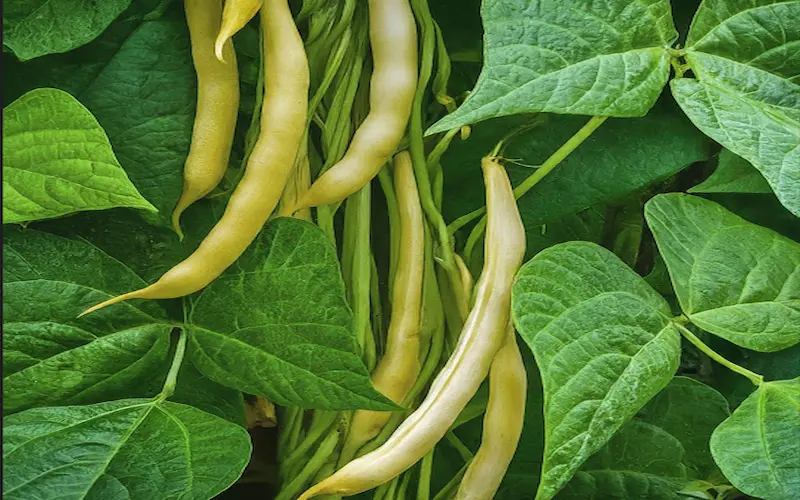
Peas
Peas are another favourite of mine. They are cool-season crops that can be planted early in the year. They can be grown for their pods, like sugar snap peas, or the peas themselves, such as the ‘Green Arrow’ variety. The delicate tendrils and flowers of pea plants add a touch of whimsy to my garden beds.
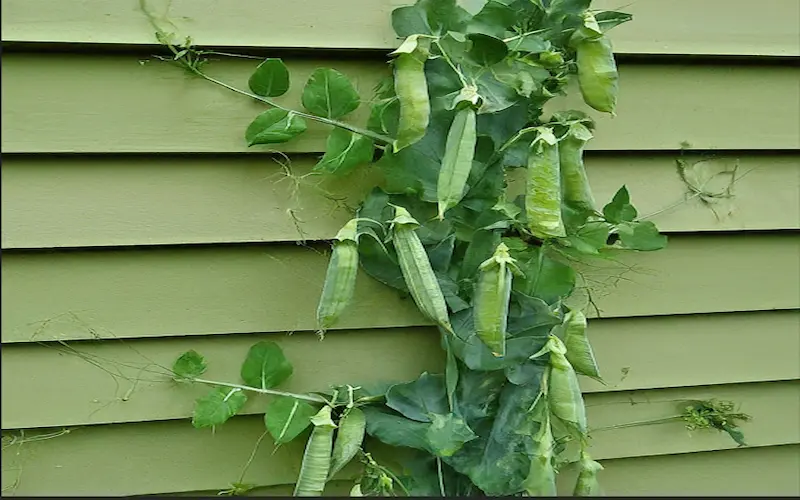
Cucumbers
Cucumbers are versatile climbers that can be grown for slicing or pickling. I’ve had great success with the ‘Marketmore’ and ‘Lemon’ varieties. Their sprawling vines are perfect for vertical cultivation, and their shade can benefit other plants in my garden.

Squash and Gourds
While some squashes are bush types, many, including the delicious butternut squash and the ornamental luffa gourd, are natural climbers. Due to their weight, they do require sturdy support, but the effort is well worth it when the harvest arrives.

Tomatoes
While not true climbers, indeterminate tomato varieties can be trained to grow up supports, maximizing garden space and improving air circulation. Varieties like ‘Sweet Million’ and ‘Brandywine’ are perfect for vertical growth and offer a delicious reward for the extra effort in staking and tying.
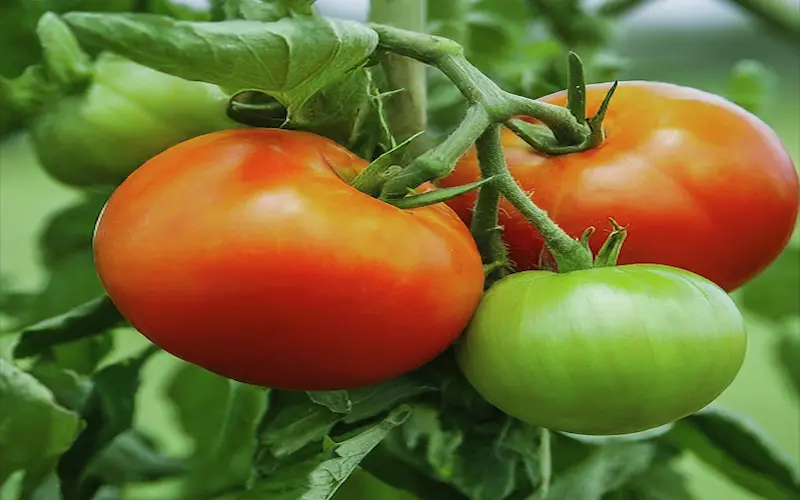
Grapes
Grapevines, while typically considered fruit, are a climbing vegetable plant that can be used for both fresh eating and wine-making. They require a robust support system but can live and produce for many years, making them a long-term investment in my garden.

Kiwano (Horned Melon)
The kiwano, or horned melon, is an exotic climber that I grow both for its unique, spiky fruit and the conversation-starting appearance of the vines. It has proven to be quite the eye-catcher in my garden.
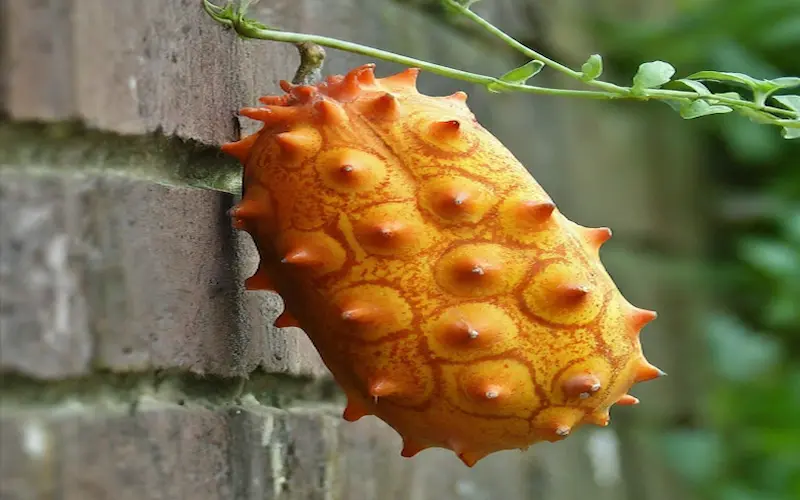
Malabar Spinach
Malabar spinach is a heat-loving climbing green that’s both ornamental and edible. It’s not a true spinach but offers a similar flavour and is far more tolerant of summer heat, producing leaves throughout the season.
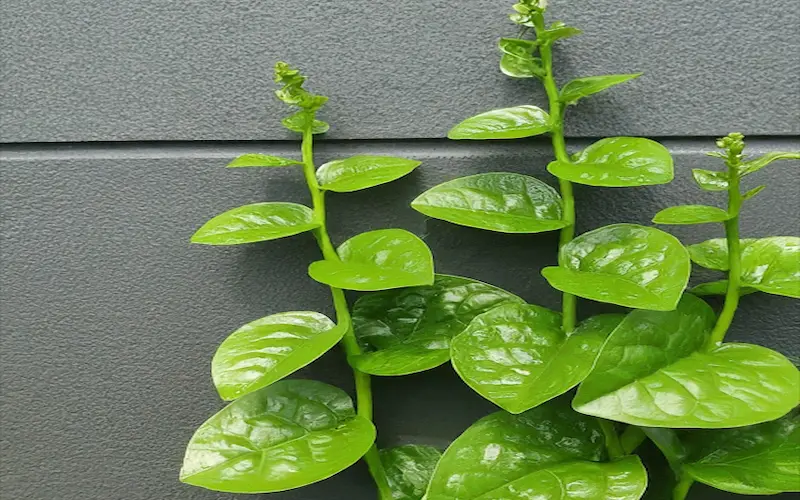
Passionfruit
Passionfruit vines are another dual-purpose plant that provides delicious fruit and stunning flowers. They require a warm climate and a strong trellis but are worth the investment for their unique taste and visual appeal.

Yard-long Beans
As their name suggests, Yard-long beans produce impressively long pods that are a marvel in the garden. They are a conversation piece and a culinary delight, adding an exotic touch to my vegetable collection.
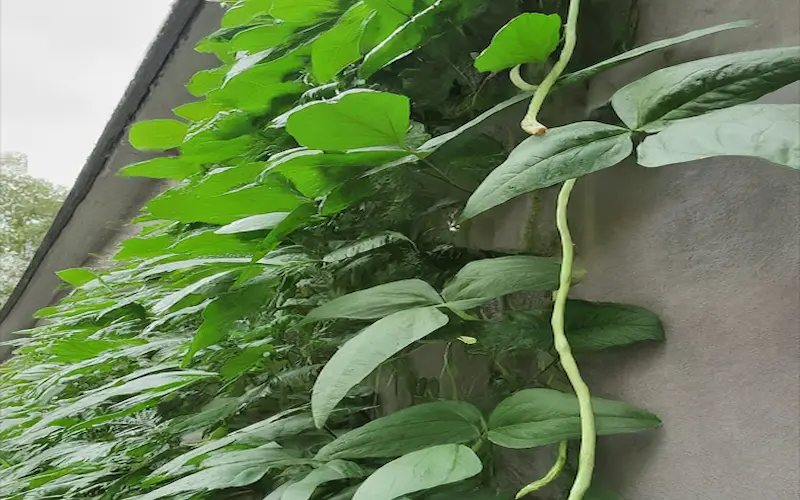
Tips for growing and caring for climbing vegetable plants
Growing climbing vegetable plants successfully requires more care and consideration than their non-climbing counterparts. One of my first tips is to start with good-quality soil. I’ve found that a well-draining, nutrient-rich mix is essential for vigorous growth and a plentiful harvest.
Regular watering is another critical aspect, especially during dry spells. Climbing plants, with their expansive foliage, can quickly lose moisture. I’ve established a consistent watering schedule and mulched my plants to retain soil moisture and regulate temperature.
Pruning is also an essential part of care for confident climbers. I regularly prune my tomato plants to encourage fruit production and better air circulation. This can also apply to other climbers, like cucumbers and squash, depending on the desired outcome.
How to provide support for climbing vegetable plants
Support structures are an integral part of growing climbing vegetable plants. I’ve experimented with various supports and settled on a few favourites. A simple trellis made of bamboo or metal poles works wonderfully for beans and peas. It’s lightweight, easy to install, and provides ample support for the tendrils to grasp.
I’ve found that sturdier structures, such as wooden arbours or metal cages, are necessary for heavier climbers like squash and tomatoes. These supports must withstand the weight of the plant and its fruit and resist wind and weather.
I also ensure that the support is in place before I plant, as adding it later can disturb the roots and slow the growth of my plants. And I always plan for growth, choosing taller and stronger supports than I’ll need to accommodate the full potential of the climbers.
Harvesting and using the produce from climbing vegetable plants
The moment of harvest is always a fulfilling one for me. I harvest regularly and at the right time to get the best from my climbing vegetable plants. Early morning is ideal for most vegetables, as the plants are full of moisture and the temperatures are more relaxed.
Knowing when each vegetable is at its peak for harvesting is critical. For example, cucumbers should be picked when they are medium and firm, while beans are best when tender and before the seeds inside fully develop.
Once harvested, I enjoy the fruits of my labour in various ways. Fresh salads, stir-fries, and grilled vegetables are just a few dishes I prepare. I also preserve some of my harvests through canning, pickling, and freezing, ensuring that I can enjoy the taste of summer well into the colder months.
Common challenges and solutions
Even with the best care, challenges can arise when growing climbing vegetable plants. One common issue I’ve encountered is pests like aphids and cucumber beetles. To combat these, I employ integrated pest management strategies, such as introducing beneficial insects and using organic pesticides only when necessary.
Disease can also be a concern, especially in humid climates where fungal infections thrive. To prevent this, I practice crop rotation and maintain good air circulation by not overcrowding my plants and pruning when needed.
Another challenge is the potential for climbing plants to overtake other garden areas. To prevent this, I’m diligent in training my plants to their supports and pruning any overzealous growth that threatens to encroach on other garden spaces.
Additional resources for growing climbing vegetable plants
Resources are available for those seeking further knowledge on growing climbing vegetable plants. I often turn to gardening books, online forums, and local extension services for advice and information. Additionally, gardening workshops and community gardens can be invaluable for hands-on learning and experience sharing.
Social media platforms and gardening blogs are excellent sources of inspiration and tips. I enjoy connecting with other gardeners to exchange ideas and learn from their experiences, greatly enriching my gardening journey.
Conclusion
Climbing vegetable plants are a fantastic addition to any garden, offering practical benefits and the joy of a bountiful harvest. Over the years, I’ve discovered that anyone can grow these vertical wonders with the proper knowledge, care, and creativity.
Remember, the key to a thriving climbing garden is to start with the right plants for your climate, provide them with the support they need, and care for them attentively. With these tips and your gardening passion, I’m confident you’ll enjoy the fruits of your labour as much as I have.

- Be Respectful
- Stay Relevant
- Stay Positive
- True Feedback
- Encourage Discussion
- Avoid Spamming
- No Fake News
- Don't Copy-Paste
- No Personal Attacks



- Be Respectful
- Stay Relevant
- Stay Positive
- True Feedback
- Encourage Discussion
- Avoid Spamming
- No Fake News
- Don't Copy-Paste
- No Personal Attacks



